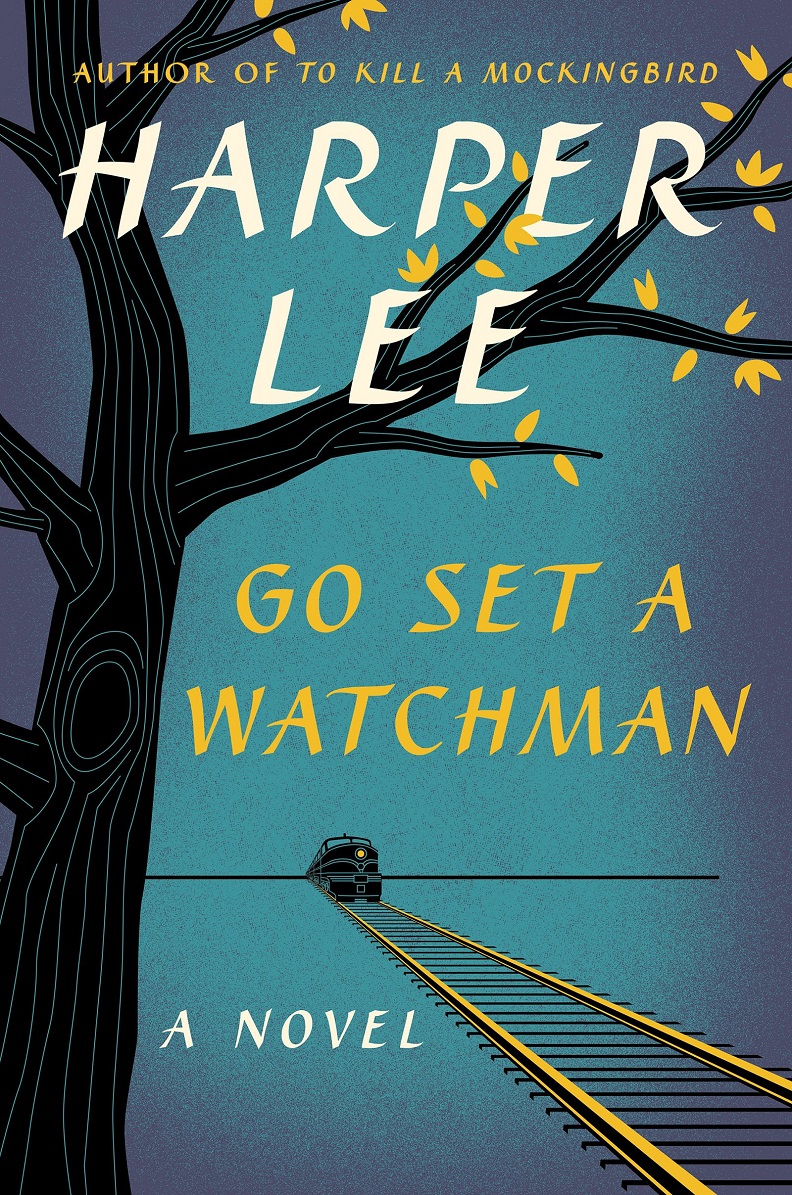Go Set a Watchman
Author: Harper Lee
(HarperCollins)
C
There’s been a lot of talk about Go Set a Watchman since its release earlier this month, most of which hasn’t been all that positive. Headlines like “Atticus the Racist” have dominated the blogosphere, and English teachers everywhere have refused to read this sequel of sorts in hopes of preserving the pristine image of one of America’s most revered literary icons.
I read Harper Lee’s long-lost novel, and I’m here to inform you that I lived to tell the tale, even if I am a bit worse for wear.
For those of you who haven’t been keeping up with current events, let me break it down for you: Jean Louise “Scout” Finch returns to Maycomb County, Alabama, as a woman in her mid-20s. She has lived in New York City for quite some time and has been shielded from the tribulations of 1950s Southern culture. She’s in for a rude awakening.
Watchman was written in 1957 and takes place during the same time. Lee’s publisher was so interested in the novel’s flashbacks of young Scout that he encouraged her to write a draft from the child’s perspective. Thus, we were blessed with To Kill a Mockingbird, the Pulitzer Prize-winning tale of a Southern lawyer, his precocious kids and a bewildering struggle for justice.
In this “new” book, we meet a small handful of familiar characters — Atticus, Scout, her aunt Alexandra and her longtime maid/substitute mother Calpurnia — but that’s about it. No Jem. No Dill. No Boo Radley. Those few we do have the pleasure of meeting again some 20 years later come across as mere caricatures of their former, multi-dimensional selves.
One of the primary controversies surrounding Watchman stems from the loss of the manuscript for several decades. Apparently, Lee’s lawyer discovered it and the geniuses at HarperCollins were like, “hey, why didn’t we ever publish this thing?” Afterward, it would go on to be the company’s top-selling pre-order of all time.
So where is Lee in all of this? The 89-year-old is said to have given her consent for the book to be published, but those who grew up with Mockingbird and have kept its characters in their hearts aren’t as easily persuaded. The two texts seem like they were written by two different people; the prolific prose and unwavering morality is gone, and what we’re left with is a shell of a former self, a frivolous diatribe that caves to old-school Southern pomp and circumstance in the most devastating of ways.
The positive note throughout all of this is Scout. Twenty-six-year-old Jean Louise Finch thankfully still has her to-hell-with-this attitude — if anything, it’s been amplified. For a book that takes place in the late 50s, Lee painted a female character that is decidedly and largely independent, possesses no interest in bowing down to the men around her and who couldn’t give a shit about what’s expected of her by society.
As you’ve surely heard, Watchman gets Atticus all wrong. This isn’t the Atticus of yore; this is the evil alter ego Atticus, the one who crawled from a fourth dimension through a black hole and materialized as a driveling heap of cowardice. This Atticus did not defend Tom Robinson. This Atticus did not raise Jem and Scout Finch. This Atticus did not stand up against lynchers and racists and lowlifes. This Atticus has joined their ranks.
That’s why Go Set a Watchman is so troubling to a lot of people. It’s just so hard to accept that beloved American icon Harper Lee had anything to do with this book, let alone actually wrote it. The tangents in this thing are numerous, the logic is anything but sound and the conclusions seem to be drawn together by someone based out of the backwoods of Old Sarum. Consider it one of the great conspiracy theories of our time.
But if you want to read this thing to see what all the fuss is about, then go for it — just separate it completely from To Kill a Mockingbird in your mind and you might be able to leave with your soul intact.





